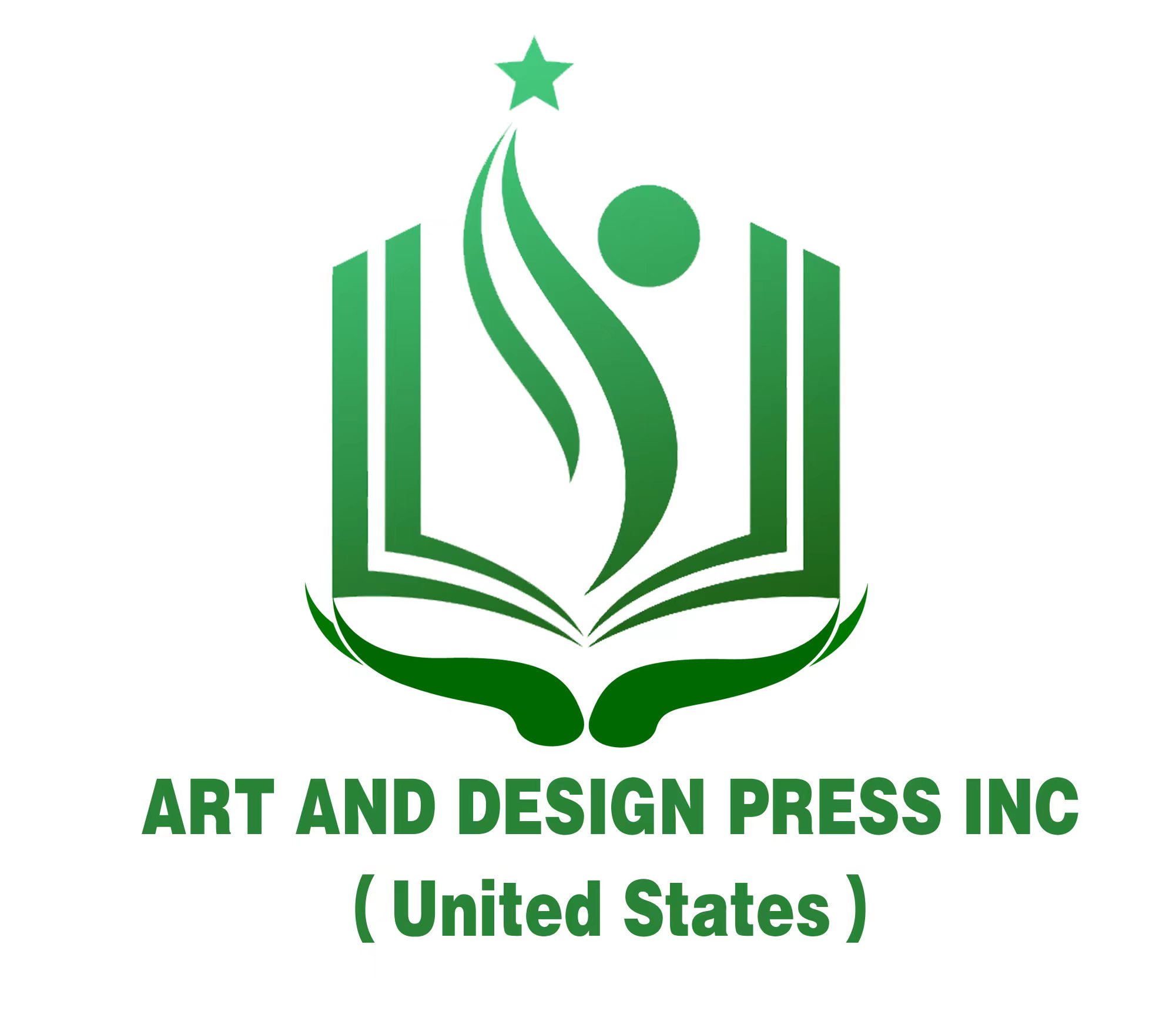酷儿理论视野下《紫色》中西丽与莎格的性别认同研究

《紫色》是美国作家爱丽丝·沃克的代表作,讲述了黑人女性西丽的成长历程。本文从酷儿理论的视角,分析西丽与莎格的性别认同,探讨了小说中性别认同的复杂性。酷儿理论作为一种研究性取向的理论,主张性别认同和性取向是由社会和文化建构的。本文认为,在《紫色》中,西丽和莎格的性别认同都具有一定的流动性,她们在面对种族、性别、阶级等压迫时,通过自我认知和彼此之间的互动,不断挑战和重构她们的性别角色和性别认同。
[1]Agbabi, P. (2000). “Translating the Text: The Color Purple.” In C. B. Harris & M.J. suspended sentence essay
[2]Walker, Alice. The Color Purple. New York: Penguin Books, 1982.
[3]Butler, J. (1990). “Gender Trouble: Feminism and the Subversion of Identity.”New York: Routledge.
[4]Fuss, D. (1991). “Inside/Out: Lesbian Theories, Gay Theories.” New York:Routledge.
[5]Sedgwick, E. K. (1990). “Epistemology of the Closet.” Berkeley: University ofCalifornia Press.
[6]Warner, M. (1993). “Fear of a Queer Planet: Queer Politics and Social Theory.”Minneapolis: University of Minnesota Press.
[7]White, P. (1999). “The Color Purple and the Politics of Black Female Sexuality.”In M. A. Brown (Ed.), “Alice Walker: Critical Perspectives Past and Present.”Philadelphia: Chelsea House Publishers.

